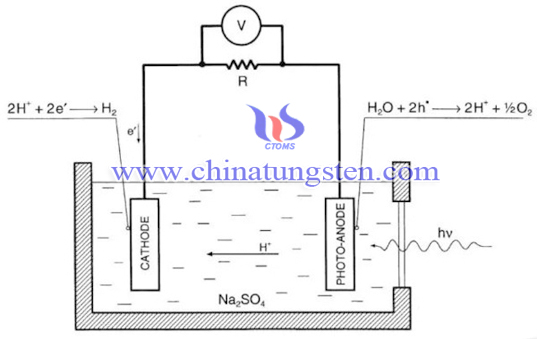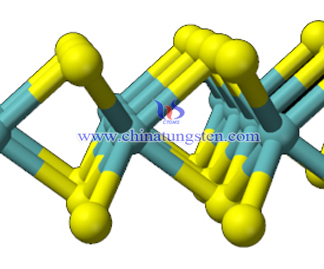Hydrogen Production

Introduction
Solar Pond decomposited by photoelectrochemical method generally consists of an photoanode and a photocathode. Photoanode uses semiconductor material, the light can affect it and excite to generate electron-hole pairs. With the help of electrolytic medium, after absorbing light, photoanode generates electrons in a semiconductor tape, and then flows to the cathode through an external circuit. Hydrion in water receive electrons from the cathode to produce hydrogen. Semiconductor photoanode is the most critical factor for hydrogen production efficiency.
Photoelectric catalytic decomposition of water is one of the ideal ways to use solar energy for preparing the fuel. With the promotion of green energy, the study of hydrogen also become more and more popular. In order to improve the efficiency of solar hydrogen production, it is need to develop a broad spectrum of light-harvesting narrow bandgap semiconductor photoanode. The most typical is narrow band gap semiconductor material Ta3N5 whose solar hydrogen theoretical efficiency is up to 15%. But the system is vulnerable to light corrosion, to solve the stability problem is a challenge. In this project, while maintaining a high efficiency photovoltaic water premise catalytic oxidation, stability can be found a few minutes up to several hours if the photoanode surface is installed ferrihydrite (Fh) layer, or even more than ten hours later, there is no significant recession, which is currently the world's highest reported stability Ta3N5 water splitting anode system. The study found that Ta3N5 surface ferrihydrite (Fh) has a capacity for store hole of capacitance, it can excitate light of Ta3N5 form photogenerated hole in fast-moving and efficient storage, and prevent semiconductor from light corrosion and oxidation, thereby improving the photoanode stability.
Material
The using of photoanode materials have also been changing, Pt metal has a high catalytic activity, but because of its very high cost, low-cost non-noble metals are slowly being developed. In development, CdS and MoS2 are being composited catalysis, precious metals Pt superior performance, and the effect is good, the price is relatively low. Therefore, if the molybdenum disulfide is used as a catalyst for further photoelectrode structure optimization and component design, it can be expanded in practical applications.

